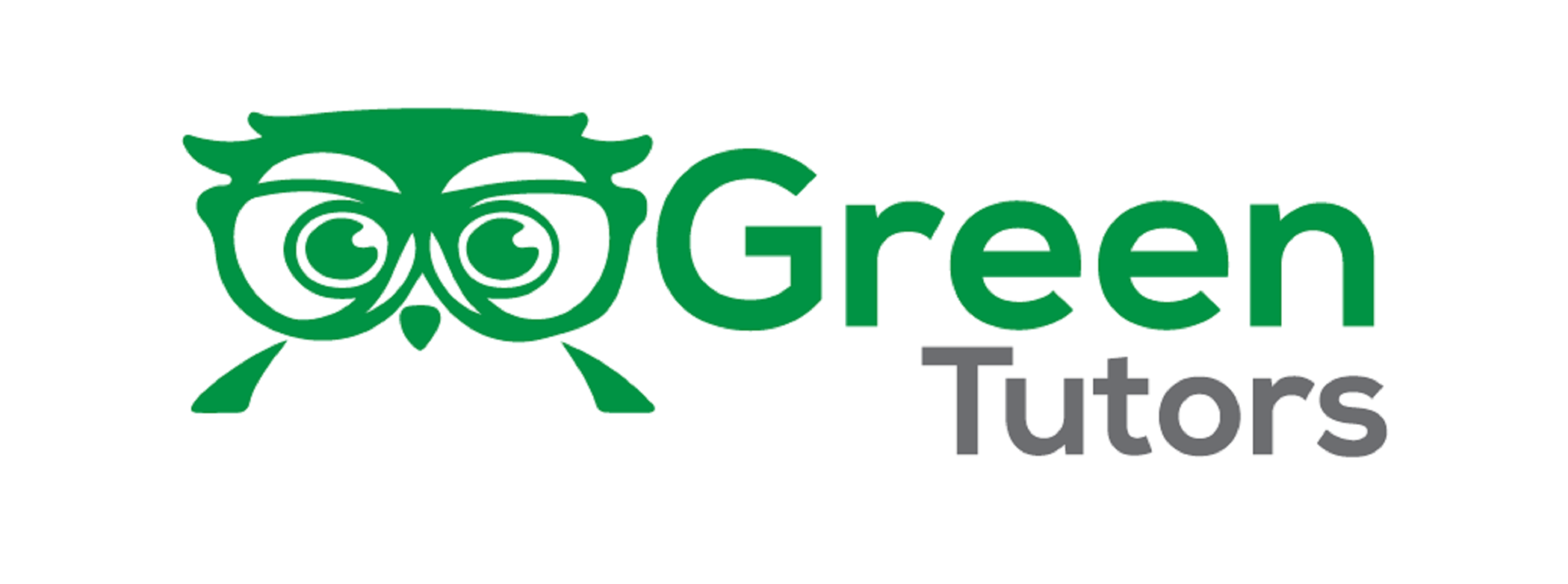The world of online learning is a very exciting space in 2024. The momentum that started with virtual learning during school closures has grown exponentially in that time. We’re using exciting engagement and visualisation tools in our lessons, and there are an infinite number of digital resources that enable us to see the world from our laptops.
And yet I frequently find myself convincing parents to try their first virtual lesson when they’re adamant they want face to face. And I can understand where this comes from. The parent experience of lockdown and virtual schooling was painful. Zoom fatigue is very real, and the online learning that happened in 2020 was delivered by overstretched tutors with platforms that were being pushed beyond their 2020 capabilities.
If that’s the experience you’re expecting of an online tutoring session, please allow me five minutes to change your mind.
Equality of equipment
In the virtual classroom, each student has access to the same tools. This means that everyone starts on the same footing. All of the tools they need exist within the virtual classroom.
- screen sharing
- tech tools
- free software
They just need the internet/mobile connection. If you are able to provide this, then you are able to provide everything they will ever need to learn.
Location is irrelevant
You can connect with tutors all over the world in the virtual classroom. This means that you can connect with the best tutor for you regardless of location. It also allows your learning experience to include wider perspectives.
There is no travel time required. When your tutor doesn’t have to spend time and money travelling to you, they can use that time and money to deliver a better service for you.
There is also no requirement for you to be there to be there – you can observe with the web link too. Parents spend more than enough time playing taxi and chaperone. You don’t need to do that in the classroom too.
Tech availability
The world of online learning is growing rapidly, which means that the online world has a vast array of tools to offer that you may not currently even be aware of.
Your tutor, working in that world, will have direct access to this, and will likely have the capacity to invest in paid tools that wouldn’t be worthwhile for you to invest in alone.
Lean in to the digital works
Your virtual tutor should be willing to meet with you through the same tools they’ll use to deliver your lessons, and so you will see what the environment will be like for your child before you start.
The virtual classroom does not look like the Zoomageddon you probably experienced through lockdown. A good tutor will deliver an engaging, connected session through their virtual classroom.
Neurodiverse approach
A frequent objection to online tutoring is that it is less accessible for neurodiverse students. That is likely also a perspective that leans back into the experience of school closures and Zoom fatigue. A student with executive function and regulation issues would be truly up against it in a group Teams session with no cameras or mics on. Death by PowerPoint might be something you’re familiar with. I don’t think neurodiversity is the problem so much as the platform, or not using the platform as intended. In a one to one or small group session with a tutor experienced in the virtual classroom it should be a completely different experience.
Do you want to see an example of how we deliver online learning in Pencil Spaces? Check out the virtual classroom at https://my.pencilapp.com/spaces/65afe0330cc1e26978f867a9.
Are you interested in seeing what the digital classroom looks like? You can schedule a virtual classroom session with me anytime at https://usemotion.com/meet/georgina/meeting.


Recent Comments